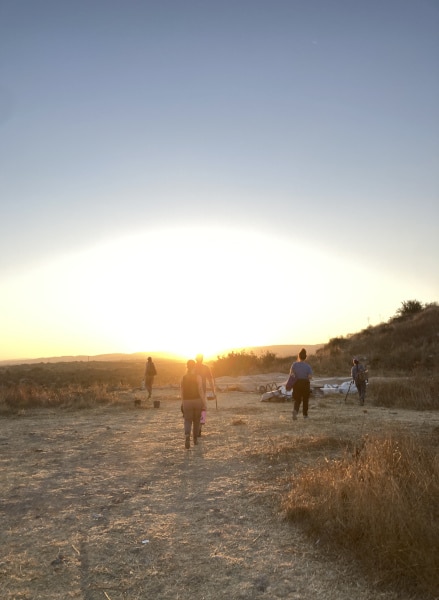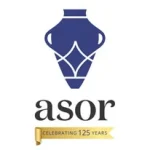
Memorized Movement
Gabbi Graber, 2024 Stevan B. Dana Fieldwork Scholarship Recipient
My alarm goes off at 4:50 a.m. and in a blur of confusion it takes a moment to remember that I am not in my bed in Alabama but instead am in a kibbutz in Israel. It’s day four and I have learned and practiced the exact time I need to make sure my bag is packed, coffee is made, and my water bottles are filled. In this flurry of well-practiced movement, everyone silently packs into the same car we’ve ridden in all week to arrive at Tel Burna before 6:00. The Shephelah hills roll around us as we listen to a dramatic Disney soundtrack calling forth nostalgia and lyrics long since memorized. We make the final ascent up to the site as the sun rises behind Tel Burna.
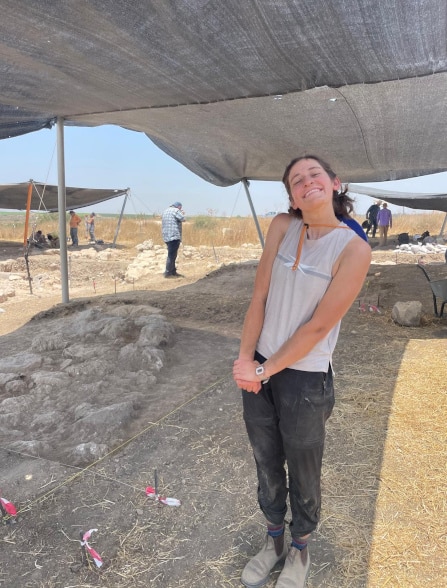
It feels almost instinctual that the first order of business, before the sun even begins to beat down, is to lift and place shade cloths over the open squares. People begin to scatter to their respective spaces as the area supervisor, makes the necessary adjustments for the day and communicates with the square supervisors. Seamless rotations of who is picking and who is cleaning allow for needed water breaks as the level of ground slowly lowers. As we dig, our eyes become better at spotting the indicative sherds from the body sherds. A sharp jar goes up my elbow as I hit the stone that will be the first evidence of a wall cutting straight through our square. A loud voice breaks us from the focus, and everyone grabs their preferred breakfast items knowing what will sit well with still four more hours of digging. As I work with a patishe, I listen to the conversation of the Dig Director, area supervisor, and my square supervisor about the pattern of the walls and where we will need to open a new square. I check my watch and with not much time left to dig in the day I swiftly switch to sweeping the square starting in a corner to move cohesively with the others in my unit. What I thought was bedrock on day one I now know to be the packed dirt we will remove tomorrow. Many hands make the end of the day move faster as we organize tools, lower shade cloths, and pack up the cars. The drive back to the kibbutz involves more singing of childhood songs, laughing at inside jokes, and wistful longings of a post-dig ice cream.
We each grab a brush and bucket of pottery, and I am always drawn to a bucket that was from the square I dug. Pottery washing clumps us back together as we recall different sherds and the squares they came from. Every ear is bent towards the main table where the experts sit examining and reading pottery as the square supervisors talk through their square. They casually lift a sherd and quickly place it in its period. This leaves volunteers and students alike astounded at the practiced eye of a well-seasoned archaeologist able to date a sherd by touch and sight alone.
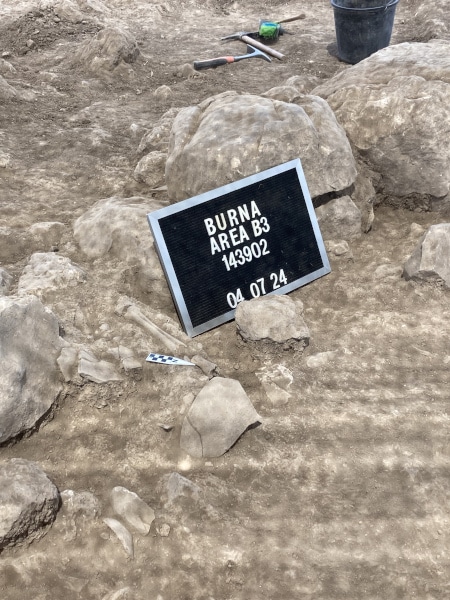
Dirt washed down the drain and feeling slightly more human, we again hop in the cars and hike up a new tell with new site lines that help explain the importance of the geographical placement of Tel Burna within its valley system. The day has been long and full, and dinner can switch quickly between laughter and silent, tired camaraderie. Dirt mustaches, sweat stains, repeat outfits, and tired conversations bond a group that is half repeat diggers and brand-new strangers.
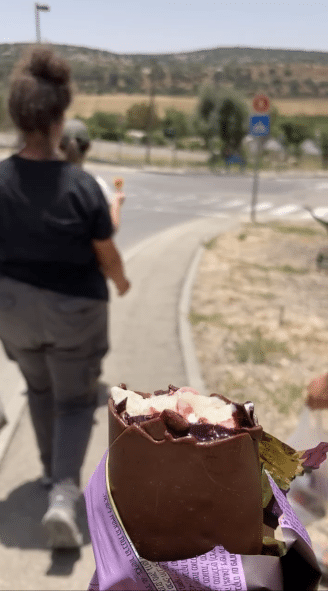
To think that I knew none of this a mere four days ago is astounding. There is still much to learn and as I heard well-experienced archaeologists in the field say “we’ve never seen this before” or I think about potentially being a square supervisor in the future. A mere four days ago I did not know what a tag was, and now I have the license number memorized. And while the pick does not feel comfortable in my hand it feels more natural that it did on Monday. I knew as soon as my first day in the field was over that I wanted to spend more days, months, summers, and years becoming seasoned and trained in this profession, for each day on site becomes a day of new discoveries in the art of what becomes practiced and perfected memorized movement.
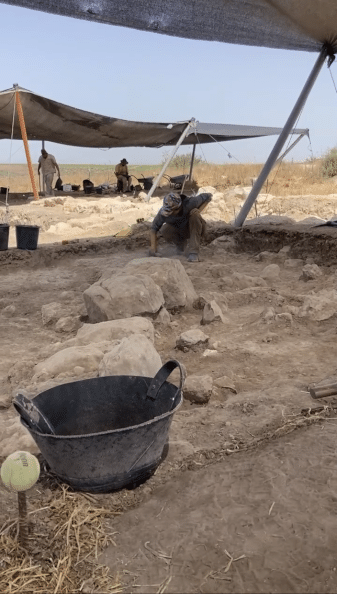
Gabbi Graber is a recent M.A. graduate from Jerusalem University College studying Biblical History and Geography and will begin her Ph.D. in Ancient Near Eastern Archaeology at Lipscomb University this fall.
Latest Posts from @ASORResearch
Stay updated with the latest insights, photos, and news by following us on Instagram!
American Society of Overseas Research
The James F. Strange Center
209 Commerce Street
Alexandria, VA 22314
E-mail: info@asor.org
© 2025 ASOR
All rights reserved.
Images licensed under a Creative Commons Attribution-NonCommercial-ShareAlike 4.0 International License
